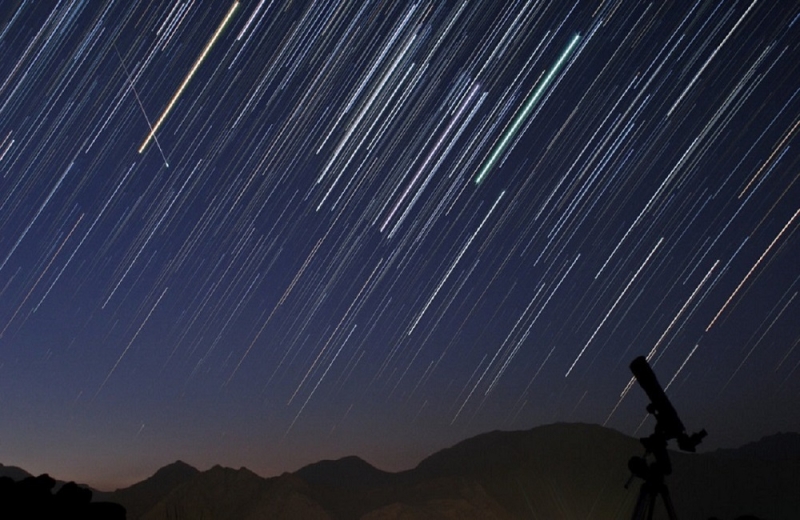
The Ita Hydrochides, which come from the tail of the comet of Haley, peak in Greece on the night of Thursday, May 5 to the early hours of Friday, May 6.
It's the second spring rainstorm since April's.
In the northern hemisphere, where Cyprus is located, up to 30 blasts per hour are expected in the sky, mainly just before dawn, while in the southern hemisphere their number reaches up to 60 meteors per hour, at a speed of 67 km per second. The name “rain” is due to the fact that the orbiters appear to come from the constellation of Aquarius.
These “falling stars” are observed twice a year in the sky, when the Earth's orbit intersects with the dust particles left behind by Halley's comet. In the first phase the “rain” (known as the Aquarius) lasts from April 19 to May 28 with a peak on May 6, while the second time the “rain” (called Orionides) lasts from October 4 to 14 November, culminating in October 22.
It has been about 25 years since Comet Haley, known for a long time, last approached Earth. It was found, on February 9, 1986, at its closest point from the Sun, passing between Mercury and Venus. The comet follows an elliptical orbit of 75 years and is constantly moving away from our planet, nevertheless it has left behind a “river” of particles that periodically meets the Earth.
Source: ΑΠΕ-ΜΠΕ




